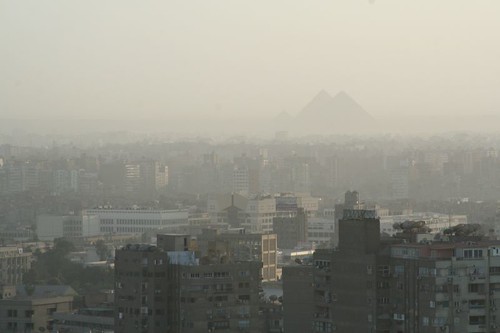
A relatively old way of modelling urban consumption and waste has gained new vigor at the 238th meeting of the American Chemical Society. The “urban metabolism” model, which likens big cities to living organisms in the ways they devour resources and excrete a variety of wastes, has shed light onto problems of regional and global pollution.
The report details how aerial waste streams of the world’s “megacites” effect populations, agriculture and ecosystems downwind—just think of these cities as the kid that pees in the swimming pool, ruining it for everyone nearby. Ultimately the effect of all this foul wind is global as the tonnage of greenhouse gasses ‘excreted’ from such cities wind up in the atmosphere. The report's author suggests that understanding and reducing urban metabolism could be a critical step in keeping our air palatable, our crops viable and our planet from cooking us.
The number of megacities, (metropolitan areas with populations of 10 million or more) went from only three in 1975 to about 20 in 2009, and more people and economic activity in urban centers means more emissions sullying a wider swath of the landscape. A few simple changes like removing lead from gasoline in some African nations and increasing rail-based mass transit could have a huge payoff, but it would have to be a financial priority, and that is a difficult thing to ask from struggling economies.
The report details how aerial waste streams of the world’s “megacites” effect populations, agriculture and ecosystems downwind—just think of these cities as the kid that pees in the swimming pool, ruining it for everyone nearby. Ultimately the effect of all this foul wind is global as the tonnage of greenhouse gasses ‘excreted’ from such cities wind up in the atmosphere. The report's author suggests that understanding and reducing urban metabolism could be a critical step in keeping our air palatable, our crops viable and our planet from cooking us.
The number of megacities, (metropolitan areas with populations of 10 million or more) went from only three in 1975 to about 20 in 2009, and more people and economic activity in urban centers means more emissions sullying a wider swath of the landscape. A few simple changes like removing lead from gasoline in some African nations and increasing rail-based mass transit could have a huge payoff, but it would have to be a financial priority, and that is a difficult thing to ask from struggling economies.
Photo: ninahale - flickr





No comments:
Post a Comment